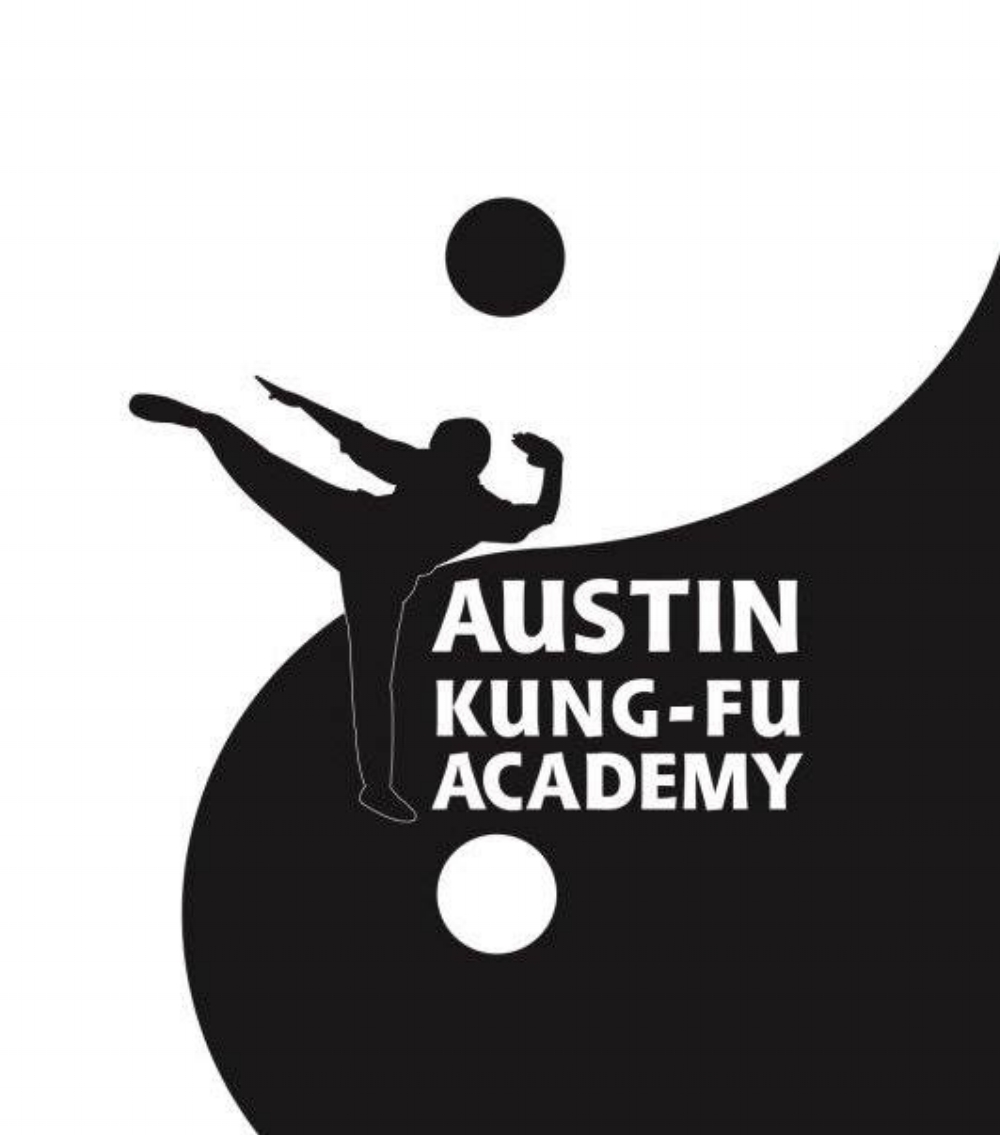This is Stage 1 of the Guard, a very important position for self defense on the ground, if you find yourself on your back.
Sometimes this is known as "Stage 1 of the Punch-Block Series", and sometimes it is referred to as "Head and Arm Control". Whatever you want to call it, the idea is to have your legs wrapped around them, one hand wrapped around their neck, and the other wrapped around one of their arms.
It's sort of like a trap. It is very difficult (not impossible) for them to maneuver. It is also adaptable, in that, if the arm you wrapped comes loose, just re-wrap it. If the other arm tries to slide in, make sure to control the head/neck, first, then wrap the arm. The temptation is to wrap the arm first, because we see and want to respond to the immediacy of the threat. However, it is important to wrap the neck first, then the arm, because if you don't get the neck first, they can easily posture up and start whaling down punches on you. So, control the head/neck first! Then go after the arm.
The beauty of having them in this position is that their response is very predictable, and for each of those predictable behaviors, there is a response. We literally train ourselves to react with the response in a very naturalistic, reflexive way.
This Stage 1 of the Guard is like a spider web for the opponent. Once they are in the web, it will be just a matter of time before the spider reacts.
The goal here is to exhaust the attacker. Let them go crazy. Let them burn all of their energy out. Once you get the sense of them slowing down, then you should execute an attempt to submit them. So, you have to be patient. This approach requires you to be be observant and aware, as well. Be aware of their energy level. Find the right time and moment to execute.
So whether it is other control strategies, sweeps, or submissions, it generally all starts from this Stage 1 position. Make it your reflex, your habit, to bring your opponent here.
This is where Royce Gracie confused the western world by defeating opponents while he was on his back in the first few UFC's. Ever since then, fighters of many disciplines of martial arts realized the power of the Guard, and how to incorporate it into their training.
Have fun with this, and make sure to communicate with your partner, as you are learning it.
Follow me for more Martial Arts Instruction on social media:
Twitter - @AustinKungFu
Instagram - @AustinKungFuAcademy
Facebook - Facebook.com/AustinKungFuAcademy



